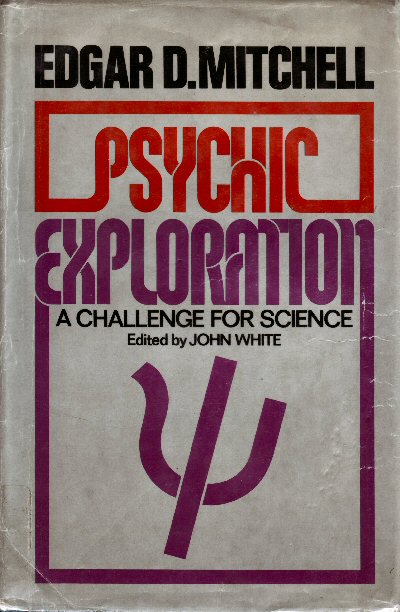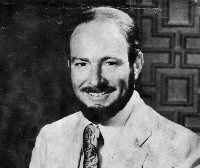
Préface
THIS VOLUME contains the work of many eminent people, bound together by a common interest in exploring and explaining psychic functioning and its ramifications. They bring knowledge and skill from many disciplines: physical science, medicine, behavioral science, social science, and philosophy. Each approaches the subject from his own field of excellence and together they provide a compelling overview.
I recognize that some portions of the book are more difficult than others. In those chapters where highly technical investigations are reported, the general reader is encouraged to read through quickly, giving greatest attention to the summary, introduction, and conclusion. But you should know that despite the technical material, there are many fascinating studies of anecdotal material that should prove of interest to all.
The more sophisticated reader will notice that this book omits discussion of auras, pharmacology, radionics (a new field that integrates psychic diagnosis and healing with esoteric technology) , and astrology and other forms of prophecy. In addition, although some research people claim connections between UFO phenomena and the psychic event, the correlations are not sufficiently established to warrant treatment in this volume. These omissions are not an oversight. Rather, they are due to a paucity of solid research material. That paucity, in turn, is caused primarily by the lack of funding and research support from which this field has generally suffered-a lack, incidentally, that we hope this volume will soon help to change.
A few last words before you start the book. To begin, let me say (without intending to jest): go to the end. You will find an extensive glossary to help the general reader unfamiliar with the terms old and new in psychic research, transpersonal psychology, and noetics. And the index can be a useful tool for tracing a subject or idea to get a grasp of it from context.
 When
reading the book, you will find references cited by an arabic
numeral in parentheses thus: (4). References are listed at the end of
each chapter. This citation system is designed to minimize
disturbance to the general reader's train of thought, while providing
adequate material for follow-up by interested scholars and scientists.
When
reading the book, you will find references cited by an arabic
numeral in parentheses thus: (4). References are listed at the end of
each chapter. This citation system is designed to minimize
disturbance to the general reader's train of thought, while providing
adequate material for follow-up by interested scholars and scientists.
Likewise, I asked contributors to minimize use of statistics, probabilities, formulas, and the like. Where such items occur, the author felt it necessary to retain them. The general reader should be able to pass over them without bewilderment; the technically trained reader will, of course, have information the author considers important.
Last of ail, I have chosen to use the term "psychic research" rather than the traditional "psychical research." Purists will object that this is improper, it violates custom, it is not the correct adjectival form, etc. I can only answer: language changes constantly, and my intention is to simplify public usage of an otherwise tongue-twisting and sometimes mystifying phrase. In this matter I am following the trend in linguistics to be descriptive, rather than prescriptive. I trust that this encouragement of popular usage will not be offensive to my colleagues and that the research itself - whether termed psychic or psychical - will be encouraged and supported by this volume.
EDGAR D. MITCHELL